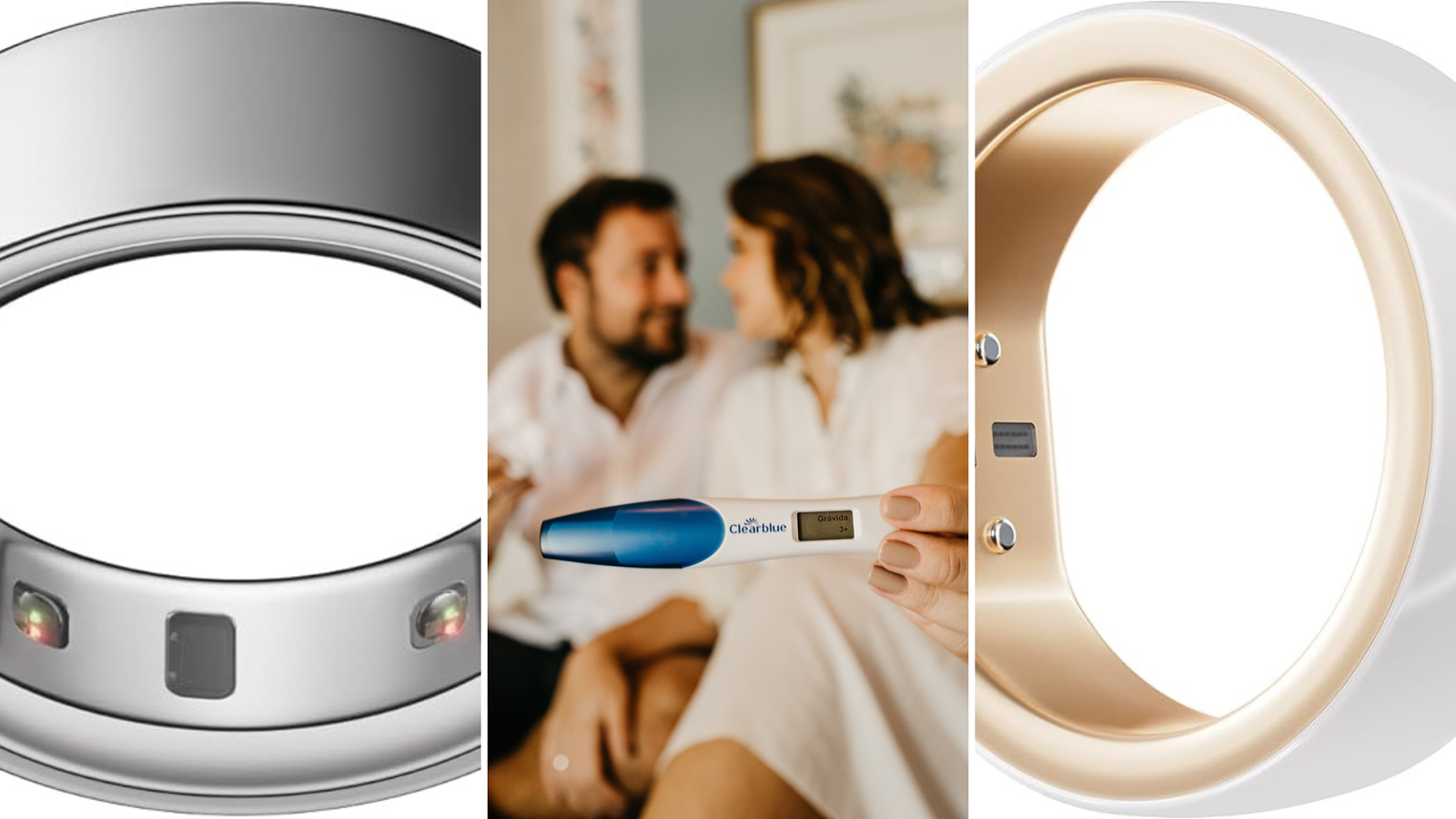Author Bio

Idris Ya’u
BSc Botany, MSc Biology
How to calculate BBT
Basal Body Temperature (BBT) is the lowest body temperature attained during rest, usually measured immediately after waking up and before any physical activity. Tracking BBT can help determine ovulation patterns, as there is a slight increase in temperature during ovulation due to hormonal changes. Here’s a step-by-step guide on how to calculate and track BBT:
How to Measure BBT:
- Use a BBT Thermometer:
- A BBT thermometer is more sensitive than a regular thermometer and measures temperature to the 1/100th degree.
- You can find digital BBT thermometers at pharmacies or online.
- Measure at the Same Time Every Day:
- Take your temperature first thing in the morning before getting out of bed or doing any physical activity.
- Try to take your temperature at the same time every day, as fluctuations in the measurement time can affect the results.
- Consistent Measuring Conditions:
- Use the same method each time (oral, rectal, or vaginal) and stick to it throughout the cycle for consistency.
- Record Your Temperature:
- Write down your temperature immediately after measuring it. Many BBT thermometers come with memory functions that record the last measurement.
- Use a BBT chart or a fertility tracking app to record your daily temperature.
Tracking and Analyzing BBT:
- Start on the First Day of Your Period:
- Begin tracking your BBT from the first day of your menstrual cycle (the first day of your period).
- Observe the Pattern:
- Pre-ovulation temperatures are generally lower, around 97.0°F to 97.5°F (36.1°C to 36.4°C).
- After ovulation, there is a slight increase of about 0.5°F to 1.0°F (0.3°C to 0.6°C), due to the hormone progesterone.
- Identify Ovulation:
- The day before your temperature rises is likely the day you ovulated.
- This temperature increase usually lasts until your next period.
- Monitor for Patterns Over Several Cycles:
- It may take a few cycles to clearly see the pattern and accurately predict ovulation.
Example of a BBT Chart:
Here’s an example of how you might record and analyze your BBT:
| Day | Temperature (°F) | Temperature (°C) |
|---|---|---|
| 1 | 97.2 | 36.2 |
| 2 | 97.1 | 36.1 |
| 3 | 97.2 | 36.2 |
| 4 | 97.3 | 36.3 |
| 5 | 97.2 | 36.2 |
| 6 | 97.1 | 36.1 |
| 7 | 97.3 | 36.3 |
| 8 | 97.2 | 36.2 |
| 9 | 97.3 | 36.3 |
| 10 | 97.1 | 36.1 |
| 11 | 97.2 | 36.2 |
| 12 | 97.2 | 36.2 |
| 13 | 97.4 | 36.3 |
| 14 | 97.7 | 36.5 |
| 15 | 97.8 | 36.6 |
| 16 | 97.9 | 36.6 |
| 17 | 98.0 | 36.7 |
| 18 | 98.1 | 36.7 |
| 19 | 98.1 | 36.7 |
| 20 | 98.2 | 36.8 |
Important Tips:
- Ensure Adequate Sleep:
- At least 3-4 hours of uninterrupted sleep is recommended before taking your BBT.
- Avoid External Factors:
- Factors such as illness, stress, alcohol, and disrupted sleep can affect your BBT readings.
- Be Patient:
- It might take a few cycles to clearly identify your ovulation pattern.
Tools to Aid BBT Tracking:
- BBT Charts:
- Printable BBT charts or templates can help you manually record your temperatures.
- Fertility Apps:
- Apps like Fertility Friend, Ovia, and Kindara can assist in tracking and analyzing your BBT data.
Tools:
- Luteal phase calculator
- BBT Temperature Converter
- Birth control calculator
- Bishop Score Calculator
- Due Date Calculator
- Breast Cancer Recurrence Risk Calculator
- Breastfeeding Calories Calculator
- Clomid Ovulation Calculator
- Conception Calculator
- Due Date Calculator
- Egg Freezing Calculator
- Flange Size Calculator
- Ideal Weight To Get Pregnant Calculator
- Implantation calculator
- IVF success calculator after retrieval
- Menstrual or Implantation Bleeding Quiz
- MCA PSV MoM calculator
- hCG Levels Calculator
- IVF Due Date Calculator
- Who Got Me Pregnant Calculator
- Conception Calculator
- Pearl Index Calculator
- Flange Size Calculator
- Period Calculator
- TIRADS Calculator
- Egg Freezing Calculator
- Fundal Height Calculator
- Pregnancy Weight Gain Calculator
- Chances of Having Twins Calculator
- VTE Risk Score Calculator
Key Takeaway
Calculating and tracking your BBT involves consistently measuring your temperature every morning, recording the data, and observing patterns over several menstrual cycles. This method helps you identify the slight temperature increase that signals ovulation, aiding in understanding your fertility window and planning for pregnancy.


